Masanobu Fukuoka was a Japanese botanist and farmer who popularized the ancient technique of making Seed Balls for reforestation through his book "One Straw Revolution". He is the pioneer who completely reinvented and popularized the ancient technique.
The seedball theory have existed for a very long time. The technology of making seed balls arose in ancient Egypt, where they were used to restore farmlands after the Nile’s annual spring flood. They were also used in Japan referred to as tsuchi dango, or earth dumplings and the practice was revived by Masanobu Fukuoka in 1938.


The Seedball making and Throw to Grow practice was incorporated into guerrilla gardening in the 1970s, and the movement sought to rehabilitate derelict or neglected urban land through direct action.
Deforestation is happening very fast and its urgent to increase earth's green cover. We have a collection of native species with which we intend to increase the green cover around the lakes and rivers. Along with the plantation we will be dispersing Seed Balls and vetiver plantation.
A Seedball is simply that - a seed inside of a ball of charcoal dust mixed with some nutritious binders. We are focusing on helping reduce the costs of planting various useful indigenous plant species (mostly trees and grass!) in India.
The biochar coating of the ball helps protect the seed within from predators such as birds, rodents and insects and extremes of temperature until the rains arrive! Once soaked, the seedball will help retain and prolong a moist environment around the seed to encourage germination.

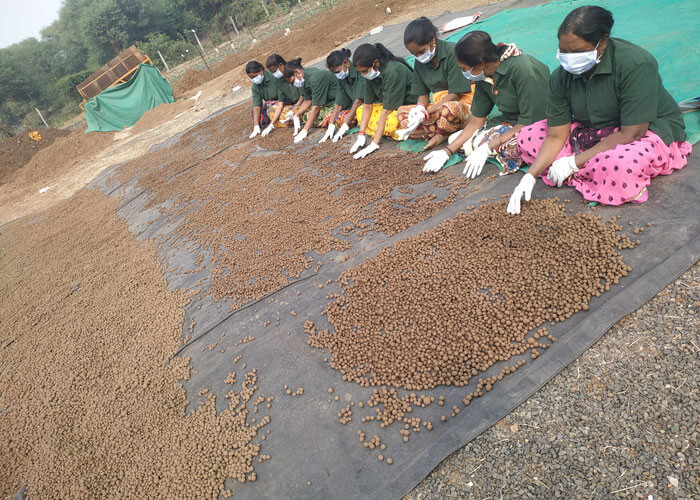
The seed will germinate given the conditions are favourable and is native to the area. When sufficient rain permeates the clay casing, the seed will germinate. They do not germinate immediately.
Once the seedballs are prepared they can be stored upto years in a dry and cool place before dispersal.
Mix the soil, clay and 1 part water thoroughly. There should be no lumps. Slowly add more water until the mixture is the consistency of the toy store moulding clay that comes in a can. Add seeds. Keep kneading the dough until the seeds are well mixed in. Add more water if necessary. Take small bits of the clay mixture and roll into ball about one inch in diameter.
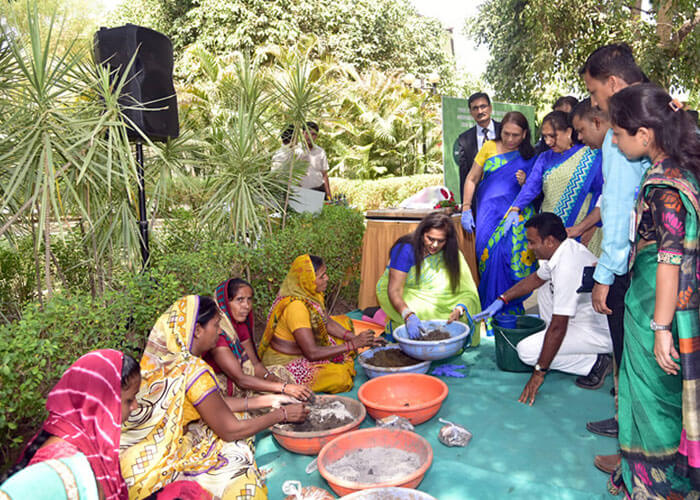
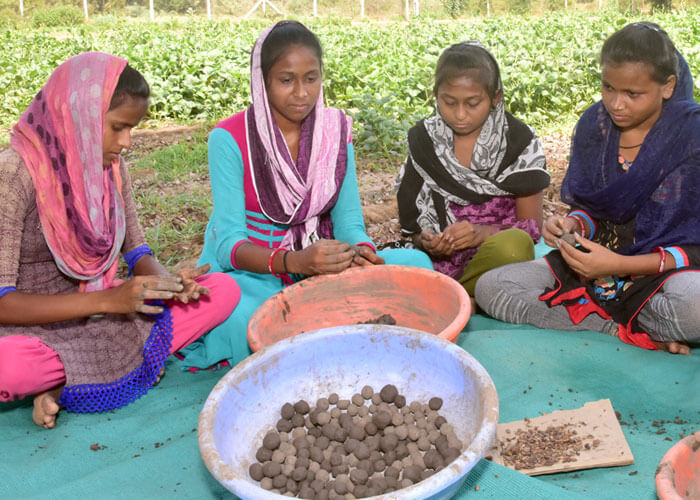
The balls should hold together easily. If they’re crumbly, add more water. Dry seed balls for 24-48 hours in a shady place before sowing or storing. They store best in a cardboard box. Do not use plastic bags. Last step is throw to grow in any baren lands just before monsoon and leave it to mother nature.
Manual way of making seed ball is time consuming and tedious and hence Madhubhan Organic Farm developed Seedball making machine.
Seedball making machine was designed and developed by Elecon Peripherals Limited which can produce 25,000 seedballs per day.
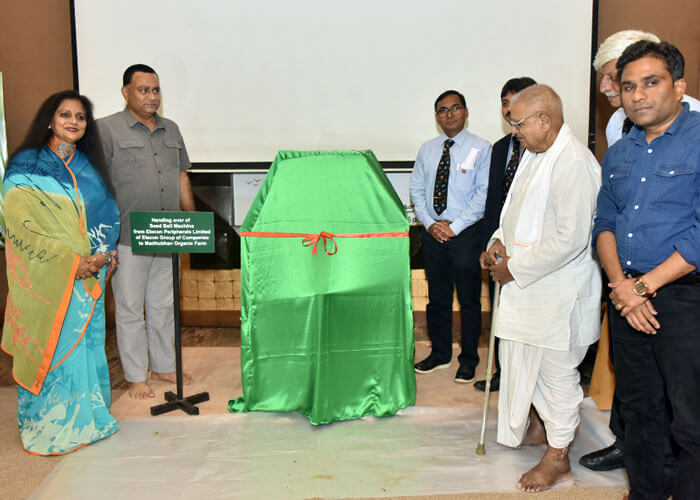
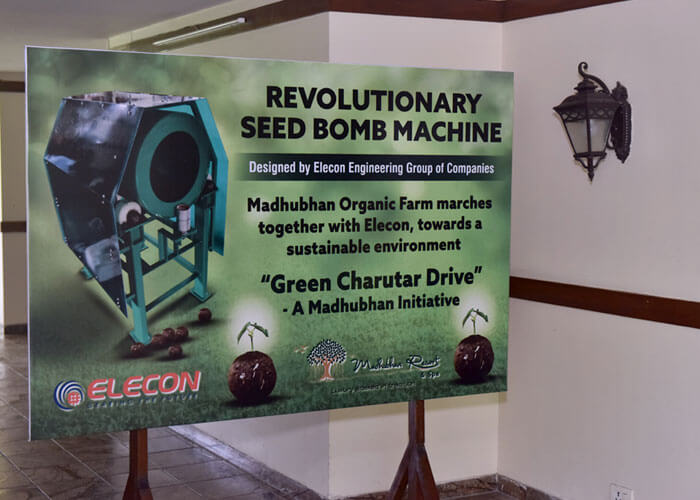
More than 21 crores of seed balls in a year means even if the germination rate of the seed is as low as 40% we could still have more than 8 crores of native vegetation growing every year just from a single machine.
Our rate of germination is higher due to bio-enzymes, the nutrition and native species.
Through the ability possessed by seedballs, it is possible to reintroduce tree species that have partly or completely been removed from their original environments, All you need is those species seeds, and make them into seed balls, before deploying them into the environment. They will then grow into mature trees and be successful in improving their numbers within the area.
Seedballs can also be used to grow wildflowers. These flowers are vital during pollination by bees.
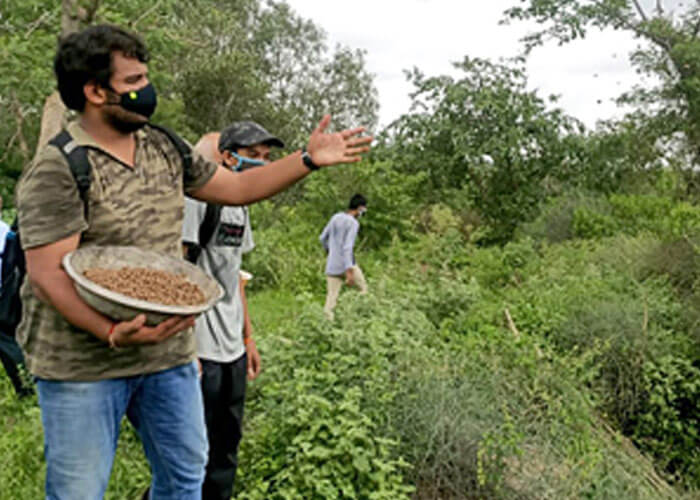
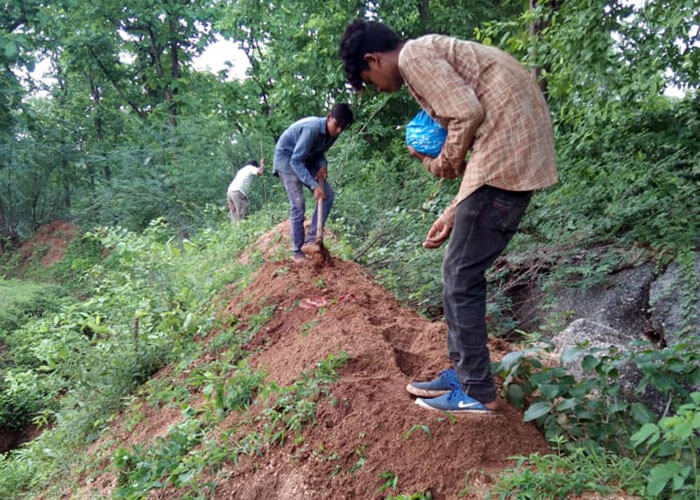
Seedballs can be used to enrich a neglected area, like roadsides as well as abandoned lots, thereby enhancing the biodiversity of plants or vegetation. The balls provide a flourishing atmosphere to the seed and as soon as it breaks from the ball, the minerals present in the ball will continue to serve the surrounding area, enriching it than before.
Easy to make - manually or by machine.
Easy to throw and grow on any baren lands, road sides, waste lands, unused gardens.
The dried outer shell protects the seed from mice, birds and ants, as well as harsh sun. It keeps the seed in protective care until it starts germinating.
You can literally use any seed in your seed balls. You can try wildflower seeds, which are vital for pollination, herbs, edible crops or even trees. You can also put a combination of seeds, especially companion plants which grow well together, assisting in pollination, soil conditioning and the deterrence of pests.
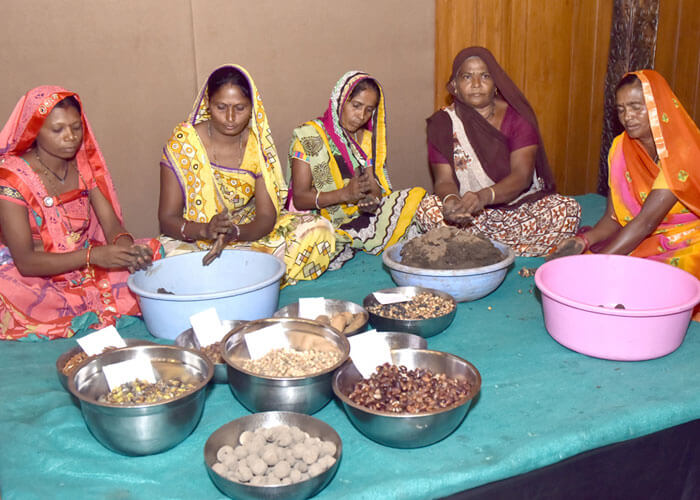
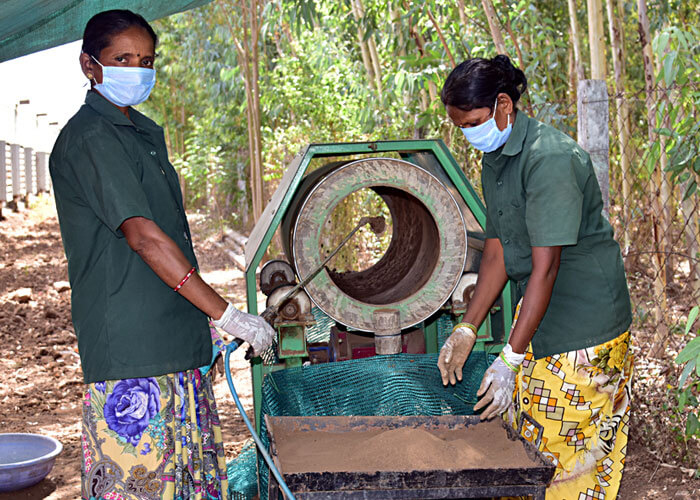
It is satisfying to plant and help the environment in growing. There are thousands of non-governmental organizations all over the world, dedicated to planting trees, for instance, and they heavily rely on the input of others.
Planting trees, although satisfying, is hard work as it requires pitting holes, clearing weeds, watering and pruning. Additionally, you need permission to plant trees on land belonging to others.
With machine made seedballs all you do is Mix, Make & Thro 2 Gro.
However, with seed balls, all you need to do is have the seed balls in your possession and throw them. They do not require the pitting, weeding or the permission required by planting tree seedling. It can, therefore, get everyone involved, including people of all ages, even if they are not gardeners themselves.